SUMMARY
This is AI generated summarization, which may have errors. For context, always refer to the full article.
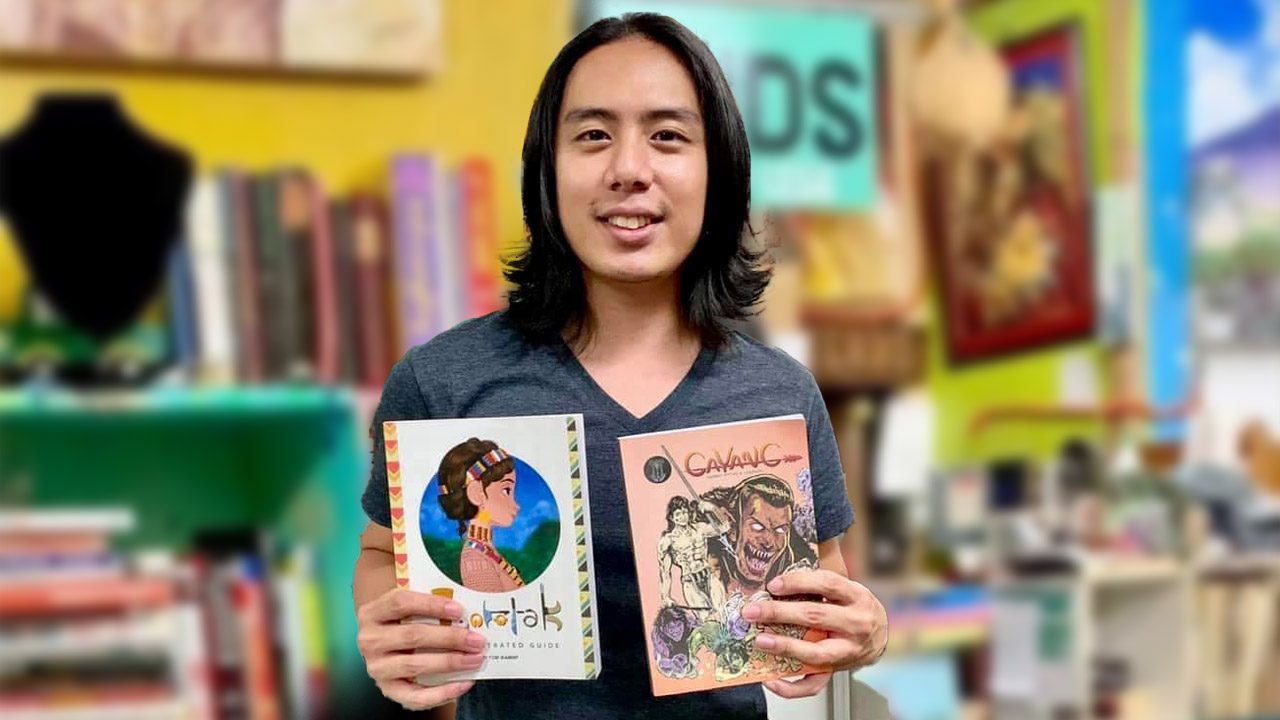
MANILA, Philippines – According to Tor Sagud, there are still far too many misconceptions about life in the Cordilleras – the Northern Luzon region composed of provinces Abra, Apayao, Benguet, Ifugao, Kalinga, and Mountain Province.
“Today, Igorots are still perceived as primitive – non-humans or cannibals – and that they only wear breechcloths,” the 33-year-old Baguio local shared, referring to one of the region’s indigenous peoples. “Another misconception is that Igorots are the same as Aetas, which is another ethnic group. Some also believe Cordillerans don’t have their own functioning society.”
These misconceptions, among many others, were what his book Igorotak: An Illustrated Guide sought to debunk when it was first published in 2019. The book, filled with colorful drawings on the basics of Cordillera culture, has since been celebrated as a creative means of introducing local heritage, and has spawned spin-offs on Igorot tools, Igorot mythological creatures, and more.
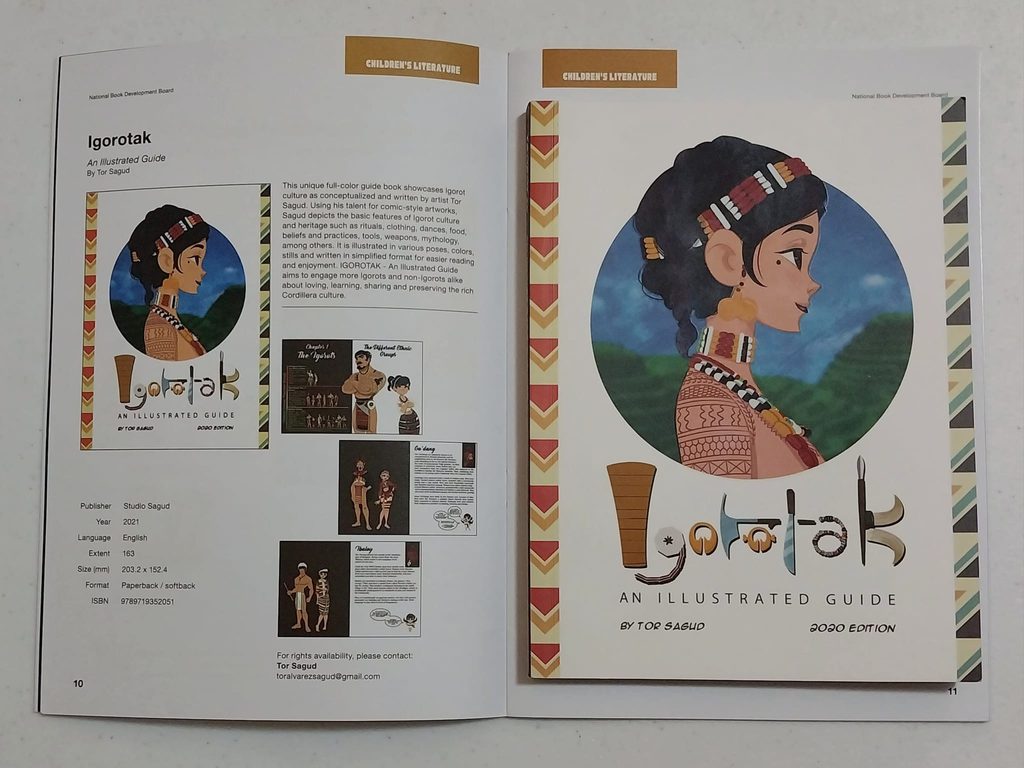
Because of his efforts, Sagud was announced on March 12 by Junior Chamber International Philippines as one of the 10 recipients of The Outstanding Young Men (TOYM) Awards for 2023.
Rappler interviewed Sagud on his win, his origins as an artist, and his struggles as a creative worker in the Philippines. Some answers have been edited for brevity.
Rappler: How did you first get into visual art? What were your earliest memories of drawing?
Sagud: I’m a self-taught artist. I started drawing at the age of six. My family and I loved to watch cartoons at home, and even then, I’d already wondered if Filipinos were also making these kinds of shows. I started copying what I’d seen on TV, and also copied illustrations from textbooks and teks (game cards).
When I was 15, I realized copying images from printed materials was no longer enough. I wanted to make my own stories with illustrations. I chose comics since I figured it was the most effective format for delivering my stories, and I could just use cheap materials from generic bookstores.
Rappler: In the years leading up to your celebrated book, Igorotak, you struggled as a comic book artist: Could you tell us more about these earlier years?
Sagud: The comics industry seemed so out of reach since I saw that professional comics companies required expensive digital equipment, exclusive editors and officers, funders, and distributors. I was an eccentric guy by nature and had no idea how to pursue all these, so I was forced to surrender my dreams [of getting into the mainstream].
Rappler: You’re also co-chair of Gripo Comics, a local comic book artists’ group based in Baguio. How is Gripo Comics and its artists doing so far?
Sagud: When I was 22, I joined Gripo Comics, a local band of comic artists. At the same time, I was doing a scholarship program at the Cordillera School of Digital Arts. Balancing these things while working to survive was too hard. At the time I was also working at the Central Luzon School of Digital Arts (CLSDA) as an animation department head instructor in Cabanatuan City.
I returned to Baguio in 2016 and became one of the founders of the Pasa-Kalye Group of Artists, which played a major role in getting Baguio recognized as a UNESCO Creative City in 2018. At the same time, I was also taking teaching jobs from different schools. Basically, in order to continue to make comics, I needed to work non-stop and also teach artists to appreciate their own culture.
Right now, Gripo is on hiatus. I’m now focused on growing my own company, Studio Sagud, which serves as a creative outsourcing company that also does cultural research and creates art products and animated films.
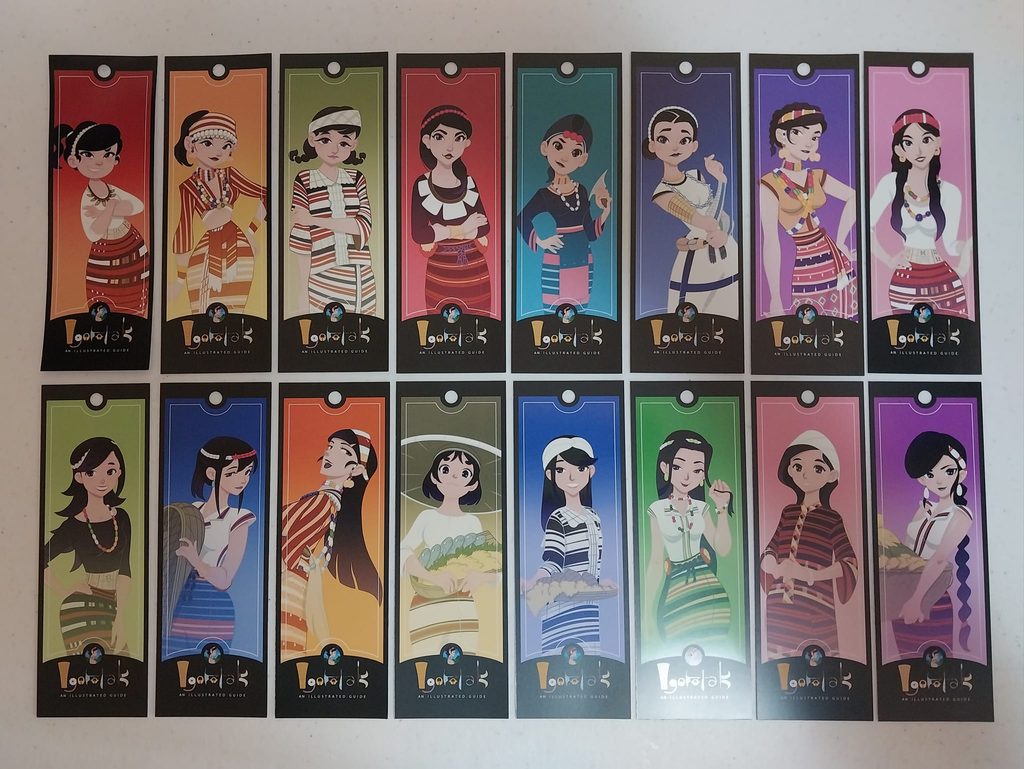
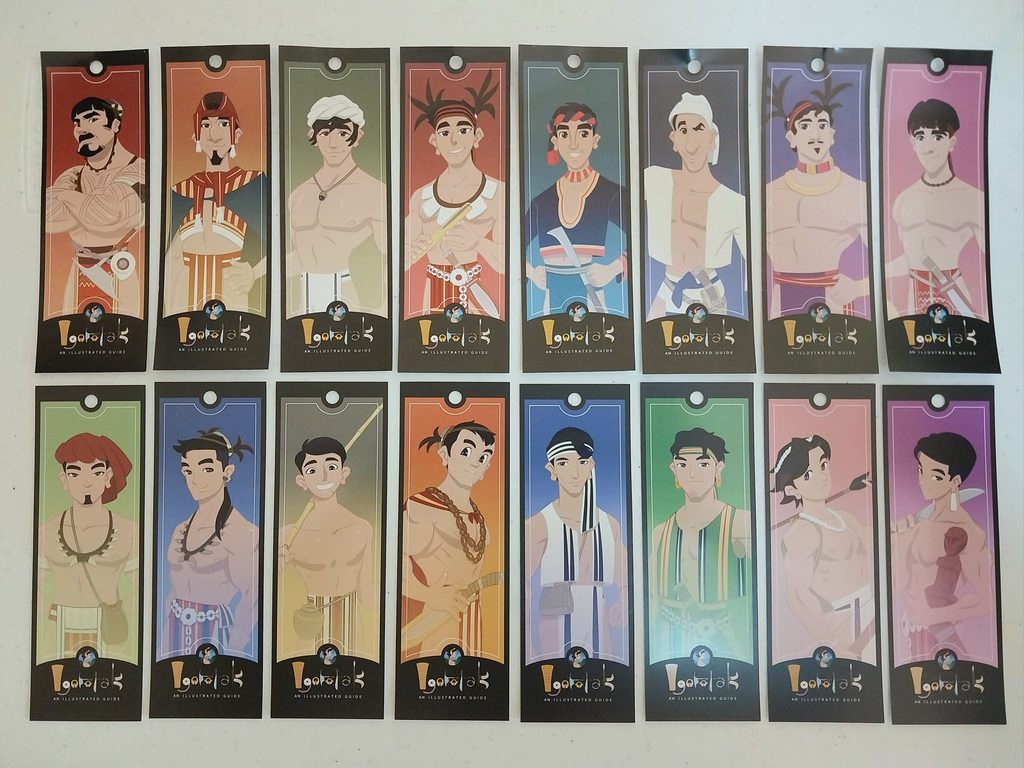
Rappler: You came out with Igorotak – an educational illustrated book about Cordillera culture – in 2019. What inspired you to create Igorotak?
Sagud: Igorotak was inspired by several instances in my life. For one, when I was teaching animation in CLSDA, one of my students asked me about Whang-od. I was dumbfounded when I realized I couldn’t answer her question, despite me originating from the same region as the mambabatok.
Another instance was when I was already in Baguio trying out traditional painting. I made a series of paintings which showcased and differentiated the different ethnic groups in our region, but these paintings were ignored by buyers.
I also noticed that some of my young art students were ignorant of their own history and culture. Most of them were even vocal about using foreign elements in their concepts rather than local. Additionally, I’ve observed that a lot of children today don’t love reading anymore, especially if the books are text-heavy.
All these inspired me to come up with Igorotak.
Rappler: Were there any challenges in the publication of this book? If so, what were they?
Sagud: The book was a new challenge for me since I had to shift from visual artist to writer. I gathered information from past discussions with people, journals, and whatever other references I could use. When I finished the manuscript, I tried pitching for sponsorships from different government bodies and private establishments, and those days were like scenes from a movie – I’d be flat-out rejected or would not receive any response from them. I didn’t know who to approach. Fortunately, a friend of a friend – who chooses to remain anonymous – soon agreed to provide me with the kickstart budget.
Rappler: How has the reception been, especially now that it’s 2024?
Sagud: The reception to the book was more than what I’d expected. It garnered the attention of many cultural experts, educators, etc., and people saw the potential of employing the arts in educational materials. Experts also helped me by providing more precise information, which led to the second edition of Igorotak. Even foreigners sent me messages of appreciation.
We’ve hit the mark in that the book has paved the way for more local creative people to be employed. I’ve even released three more books since. In my honest opinion, however, a great number of Filipinos are still hesitant to appreciate their own culture. Maybe in a few more years, they would finally be more appreciative of their local culture and start buying their own local products.
Rappler: You just won the TOYM for heritage promotion. How does it feel to have gotten this distinction?
Sagud: I am deeply honored and very appreciative of the opportunity given to me. I would also like to clarify that this achievement is actually a collective effort, since many people have already supported my movement in the years since I launched the first book. I merely represent these good people.
We at Studio Sagud are adding more titles to the Igorotak book series, like the Igorot Creatures Collection, Volume 2-3 and Igorot Equipment Collection, Volume 2. We also continue to look for sponsors since research and book designing demands a lot of people.
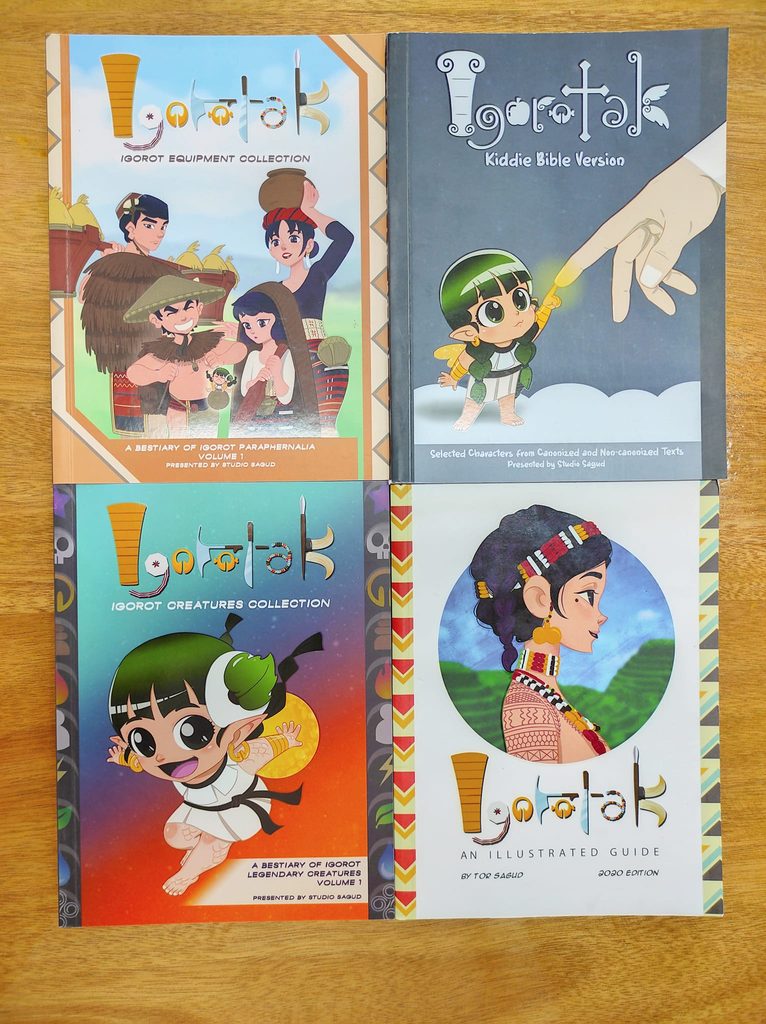
We’re also working on Kadangyan Komiks, a pulp comics title that features alternate literature, with interesting stories and hero characters. We’re also creating the very first seasonal anime film that features Cordillera culture.
Studio Sagud also continues to provide training for aspiring artists, especially animators, helping them to upskill to actual industry standards. We also provide avenues for artists to land jobs with our partner companies. We also coordinate with schools in order to teach more young artists.
Finally, I’m trying to find a decent suit to wear at the TOYM awarding. – Rappler.com
1 comment
How does this make you feel?

![[OPINION] Dipolog City: Is it modernization or cultural revision that’s happening?](https://www.rappler.com/tachyon/2024/07/dipolog-feature-july-6-2024.jpg?resize=257%2C257&crop=0px%2C0px%2C720px%2C720px)
![[Time Trowel] Yamashita gold is a myth, and treasure hunting is not archeology](https://www.rappler.com/tachyon/2024/06/myth-yamashita-treasure-june-14-2024.jpg?resize=257%2C257&crop=435px%2C0px%2C1080px%2C1080px)
![[Ilonggo Notes] Taking a heritage walk along Roxas City](https://www.rappler.com/tachyon/2024/06/provincial-capitol2.jpg?resize=257%2C257&crop_strategy=attention)
![[Time Trowel] Safeguarding the Ifugao Rice Terraces for future generations](https://www.rappler.com/tachyon/2024/05/batad-rice-terraces-may-25-2024.jpg?resize=257%2C257&crop_strategy=attention)
BRAVO! BRAVO! Very inspiring by saving the richness of our cultural heritage. Sana suportahan ng pamahalaan. Mabuhay ka TOR SAGUD. Where can we buy the books?